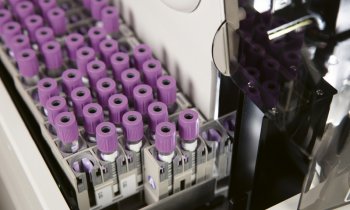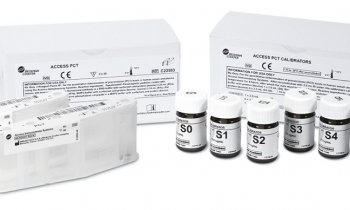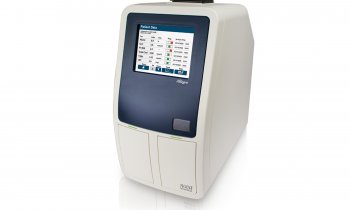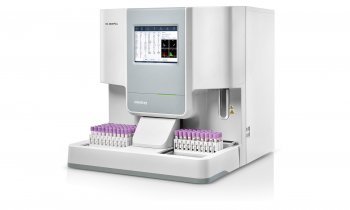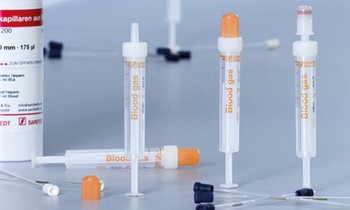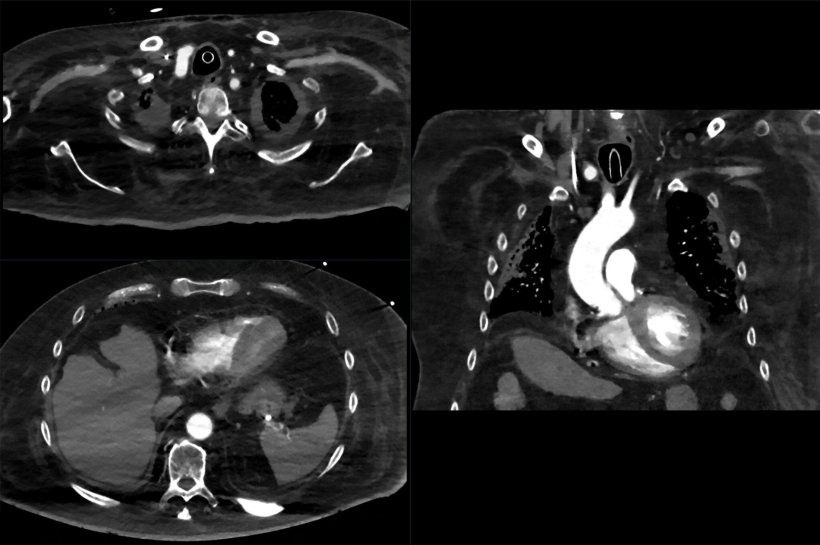
News • Reseach on neurofilament light chain proteins
ALS: Improving diagnosis and management with new blood test
Amyotrophic lateral sclerosis (ALS) can sometimes be difficult to diagnose or to predict how quickly the disease is likely to progress. A new study helps determine which blood tests are best at identifying and monitoring ALS.
The study is published in Neurology, the medical journal of the American Academy of Neurology.
“Having an effective biomarker can be highly valuable—in addition to helping in making the diagnosis, it can help in predicting prognosis, evaluating what stage of the disease people are in, and tracking their progress or their response to treatments,” said study author Sylvain Lehmann, MD, PhD, of the Inserm Hospital and University of Montpellier in France.
While more research needs to be done to confirm these findings, having better information about prognosis is valuable for people with ALS and their families as well as the doctors who treat them
Sylvain Lehmann
The study compared three types of blood biomarkers: neurofilament light chain proteins, glial acidic proteins and phosphorylated tau 181. Neurofilament light chain proteins can be detected in the blood when nerve cells are injured or die. Glial acidic proteins are released when cells work to repair injury. Phosphorylated tau 181 is linked to the buildup of amyloid proteins in the body, which occurs in Alzheimer’s disease. For the neurofilament light chain proteins, researchers were also testing four techniques for measuring the levels.
The study involved 139 people who had ALS and 70 people who did not have ALS but had similar diseases such as lower motor neuron disease and primary lateral sclerosis. Researchers tested their blood using these three types of biomarkers. They then followed the participants for an average of 3.5 years for the people with ALS and about 12 years for the people who did not have ALS. During that time, 86% of the people with ALS died, compared to 8% of the people with other diseases. For neurofilament light chain proteins, the people with ALS had levels in their blood three times higher than the people with other diseases.
The study found that the neurofilament light chain tests correctly identified the people with ALS more than 80% of the time. The accuracy of diagnosis for the glial acidic protein and phosphorylated tau 181 tests was poor, with accurate results around 50% of the time. The researchers also identified a level of neurofilament light chain protein that can help predict survival for people with ALS. Within a year, more than 40% of people with protein levels below that point were still alive, while none of the people with levels above that point were still alive. “While more research needs to be done to confirm these findings, having better information about prognosis is valuable for people with ALS and their families as well as the doctors who treat them,” Lehmann said.
A limitation of the study was that all the participants were from the same area of France, so the results may not apply to people from other areas.
The study was supported by the French Foundation for Medical Research and the AXA INTERVAL project.
Source: American Academy of Neurology
27.02.2025






